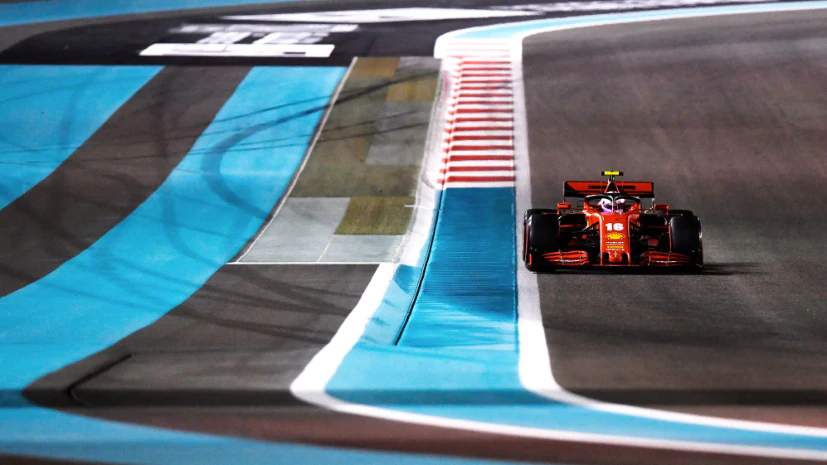Ferrari Is Developing A Radical New Engine For 2022 Challenger

[ad_1]
The trimming back of the size will help with the weight of the car which could help with the centre of gravity and location of a ballast.

Ferrari has made a bold decision to pursue a revolutionary engine for 2022
It is no secret that Ferrari has fallen behind massively in engine power and in 2020 had the weakest power unit, after being at the forefront of the power table stakes in 2018 and 2019. Changes in technical regulations at the end of the 2019 season and then a secretive settlement at the beginning of the 2020 season are believed to be at the heart of Ferrari’s issues which plummeted it to its worse F1 season in 40 years, with it coming P6. Ferrari team principal Mattia Binotto has already revealed that it is developing an all-new power unit for the 2021 season which will revert it to being more competitive and also help its customer teams Haas and Alfa Romeo perform better. This unit is said to be pretty powerful and will certainly not be the weakest engine as per Binotto, but it will still not be good enough to ensure Ferrari wins the world title.
To this end, it seems Ferrari is developing a radical new power unit to take advantage of the sweeping technical changes that come into force in 2022. According to Motorsport.com, it will be a design never seen before in the sport.

In 2019, Ferrari’s engine was so devastatingly fast that it was under constant scrutiny
Ferrari is risking an innovative engine which has the potential to be a game-changer. This is as a result of the work of Wolf Zimmermann who has been dreaming up a new concept that will power the cars in the new era of F1. Some of the changes are also inspired by what Mercedes and Honda have adopted which includes separating the compressor from the turbo.
The current Ferrari engine has both elements on the gearbox side of the engine but from next year already this separation will happen. But beyond this well-known change, Ferrari is looking to bring the compressor inside the six-cylinder in-take box with an all-new arrangement for the intercooler.


Ferrari’s 2020 car was a massive step back which led it its worse performance in 40 years
This change is considered to be revolutionary as it will not only improve the performance of the engine but will also bring more aerodynamic gains as the overall layout of the engine will become compact. The trimming back of the size will help with the weight of the car which could help with the centre of gravity and location of a ballast.
0 Comments
But this change is not fraught with challenges – firstly, the gains in performance have to be proven on the dyno and then on the track, but more importantly, such a compact design could cause massive reliability issues something the earlier generations of the Honda engine faced back in 2015.
For the latest auto news and reviews, follow carandbike.com on Twitter, Facebook, and subscribe to our YouTube channel.
[ad_2]
Source link

